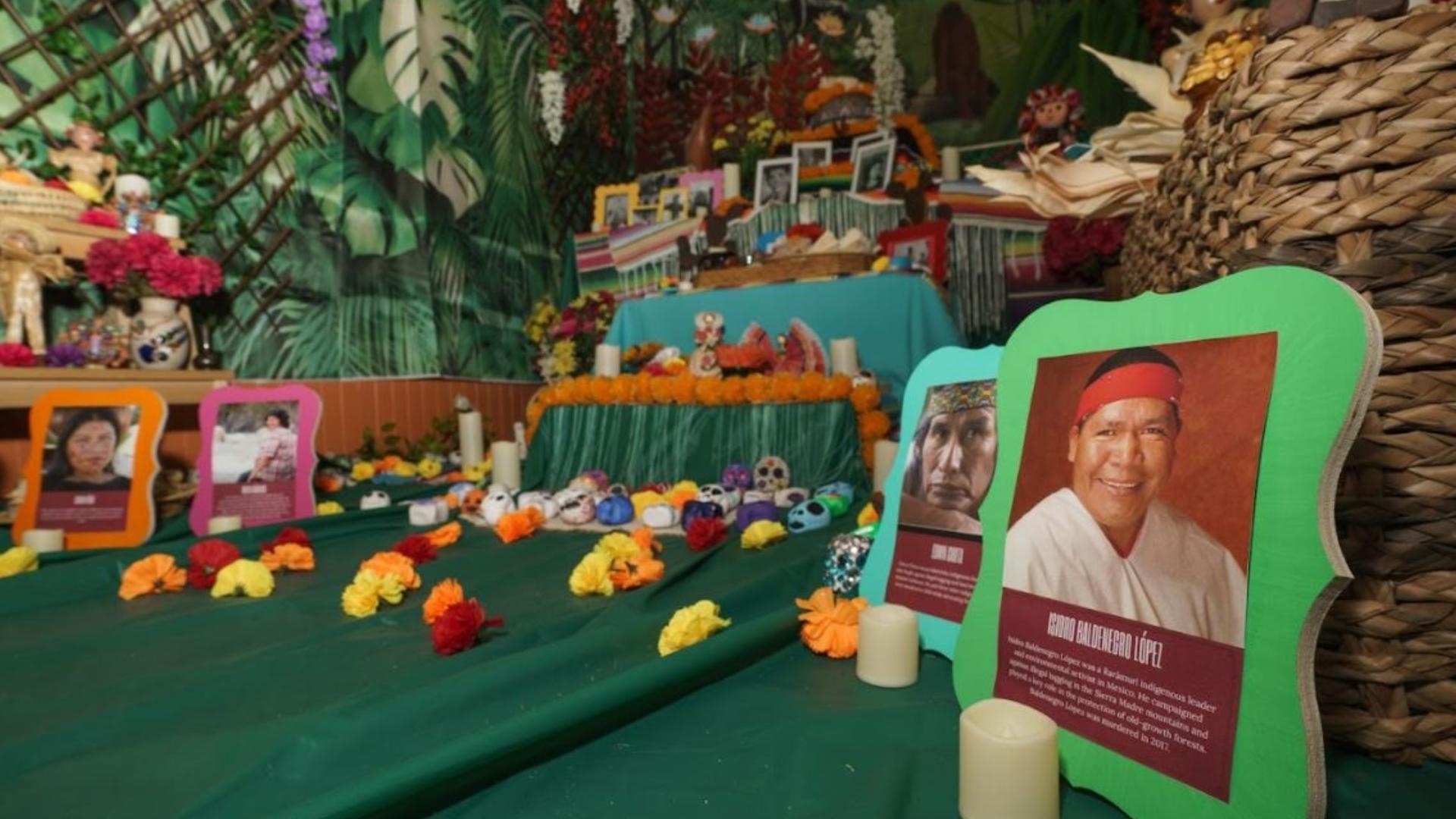SEATTLE — A celebration of death and life represented by bright colors and beautiful displays of candles and photos begins at midnight on Nov. 1.
The two-day holiday - Día de los Muertos or Day of the Dead - originated as a celebrations by the Aztecs in Mexico.
While the traditions have long been honored in Mexico and several Latin American countries - the holiday has become part of many global celebrations.
In Mexico, there are parades, dancing, food, costumes and skulls, but it is not a Mexican version of Halloween.
The festive celebration of life takes place every year on Nov. 1 and 2 as a time when the souls of deceased loved ones are welcomed to return and visit with family.
Nov. 1 honors deceased children and Nov. 2 focuses on adults.
Celebrate Day of the Dead around Puget Sound
- Oct. 31 to Nov. 3 - Seattle Catrinas Festival
- Nov. 1 - Día de los Muertos Celebration - Centro Cultural Mexicano
- Nov. 2 - Celebración del Día de los Muertos - Centilia Cultural Center, Centro de la Raza
- Nov. 3 - Día de los Muertos Festival - Mi Centro and Tacoma Art Museum
*Para ver más noticias y historias en español (Cinco Cosas a Saber de KING 5) - haga cliq aquí.
How Day of the Dead celebrations began
The ancient Mexicans considered death a transition, not the end of existence, but the beginning of the journey to Mictlan, the place of eternal rest in Aztec mythology. In the 1930s, President Lázaro Cárdenas promoted the celebration, trying to distance it from the Catholic Church and emphasizing its Indigenous, pre-Hispanic roots.
Families set up at-home altars, or "ofrendas," with photos of loved ones who have died and include flowers, candles and food. The traditional flower of the celebration is the marigold. Flowers and petals are the most commonly used to adorn ofrendas.
Beautifully adorned skulls, or "calaveras," are also placed on ofrendas and are regularly seen as a part of Día de los Muertos parades. The skulls represent death but are not meant to be scary.

